
DOCENT EXHIBITION
Docent Dialogues
22/10/2024
Docent is pleased to announce the opening of Docent Dialogues, a group exhibition that explores the intersection of contemporary art and contemporary culture.
Supported by leading partner galleries such as Martina Simeti, Ciaccia Levi, MATTA, ArtNoble, and Spiaggia Libera, the exhibition presents works that reflect a variety of techniques, narratives, and artistic perspectives.
Held at the innovative interdisciplinary space DOTS, Milan, from October 30 to November 3, the exhibition will showcase eight contemporary artists whose practices reinterpret the world around us through processes of deconstruction, re-imagination, and creative exploration.
Docent Dialogues
Dates: October 31 - November 3, 2024
Opening Hours: 11:00 - 18:30
Venue: DOTS, Via Andrea Salaino, 12, Milan, Italy
Media Partner: Outpump
Supported by leading partner galleries such as Martina Simeti, Ciaccia Levi, MATTA, ArtNoble, and Spiaggia Libera, the exhibition presents works that reflect a variety of techniques, narratives, and artistic perspectives.
Held at the innovative interdisciplinary space DOTS, Milan, from October 30 to November 3, the exhibition will showcase eight contemporary artists whose practices reinterpret the world around us through processes of deconstruction, re-imagination, and creative exploration.
Docent Dialogues
Dates: October 31 - November 3, 2024
Opening Hours: 11:00 - 18:30
Venue: DOTS, Via Andrea Salaino, 12, Milan, Italy
Media Partner: Outpump
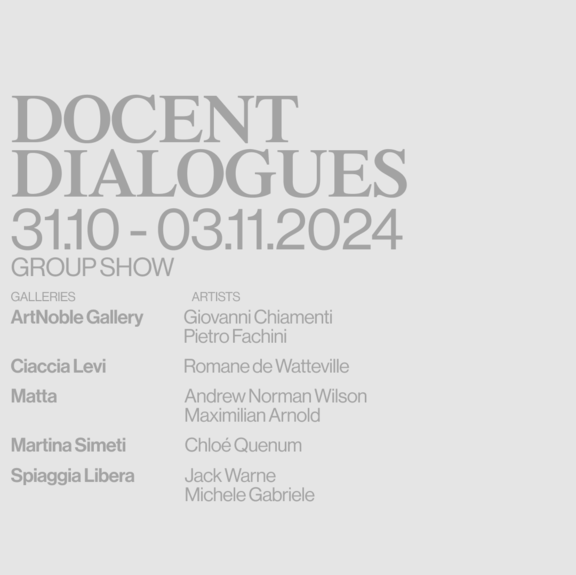
The Era of Daydreaming
Docent Dialogues is a project that—echoing the broader proposal presented by Artissima 24, The Era of Daydreaming—brings together eight contemporary artistic practices aimed at reinterpreting the reality that surrounds us. Through deconstruction and re-imagination, these practices engage in creative processes that, within a shared context of exploration, stimulate new narratives at the intersection of the physical, digital, and collective imagination.
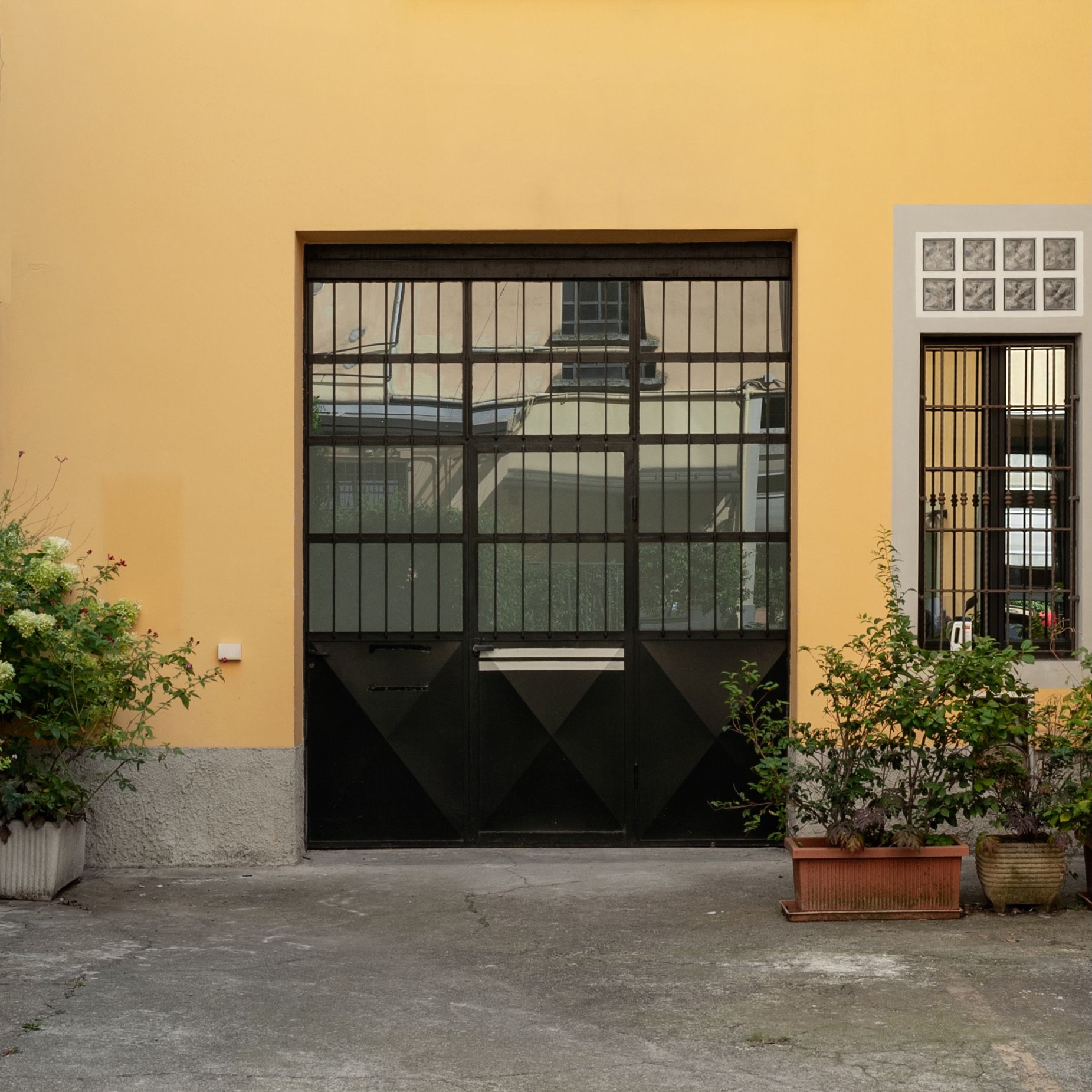
Promoted by Docent in collaboration with its partner galleries, including Martina Simeti, Ciaccia Levi, MATTA, ArtNoble, and Spiaggia Libera, the exhibition presents a series of works that, despite originating from distinct personal research and employing diverse techniques, converge in a dialogue around representation, metamorphosis, and transformation. Through an analysis of layered meanings that characterise the contemporary moment, the artists reflect on universal themes such as the precariousness of the human condition, the suspension of time, the tension between control and chaos, and the interplay between the real and the digital, as well as between artificial and natural dimensions.
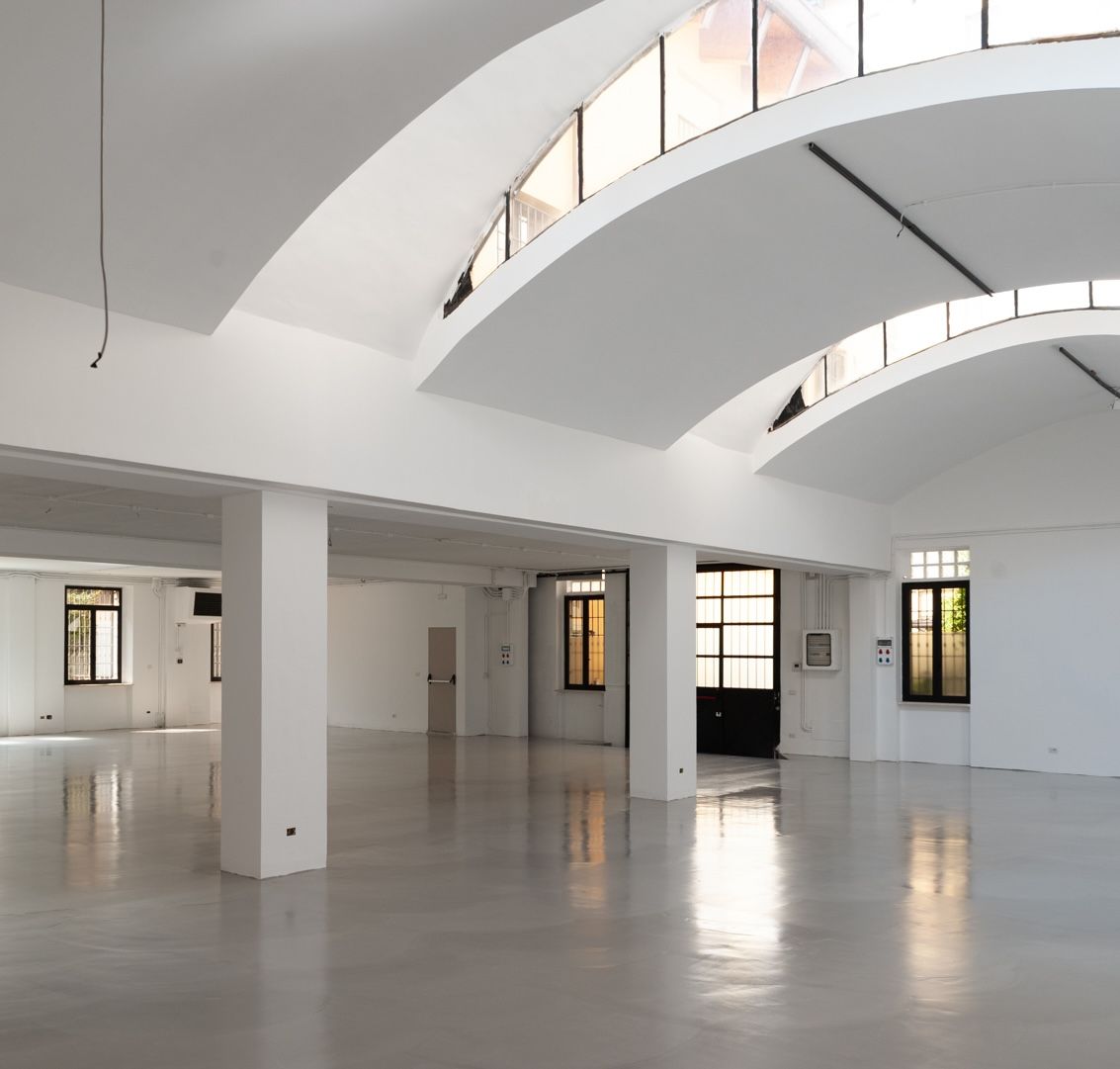
Chloé Quenum
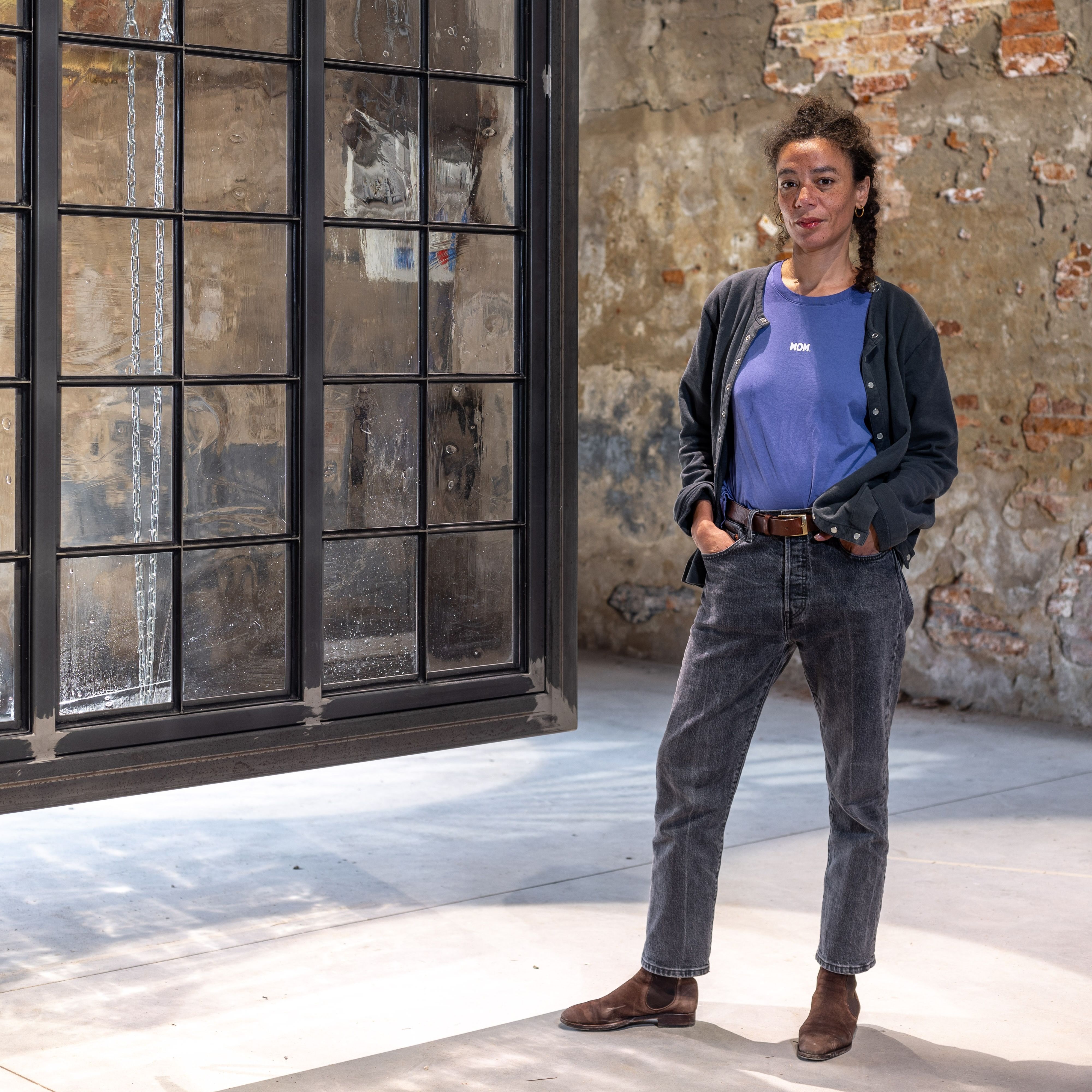
Chloé Quenum’s multidisciplinary practice intertwines cultures, histories, and references, questioning the interpretations and contexts that frame our understanding of objects, whether historical or contemporary. Her works layer different temporalities and spatialities, constructing artificial dimensions that probe how people, information, and objects circulate, ultimately offering reflections on origin and identity.
Andrew Norman Wilson
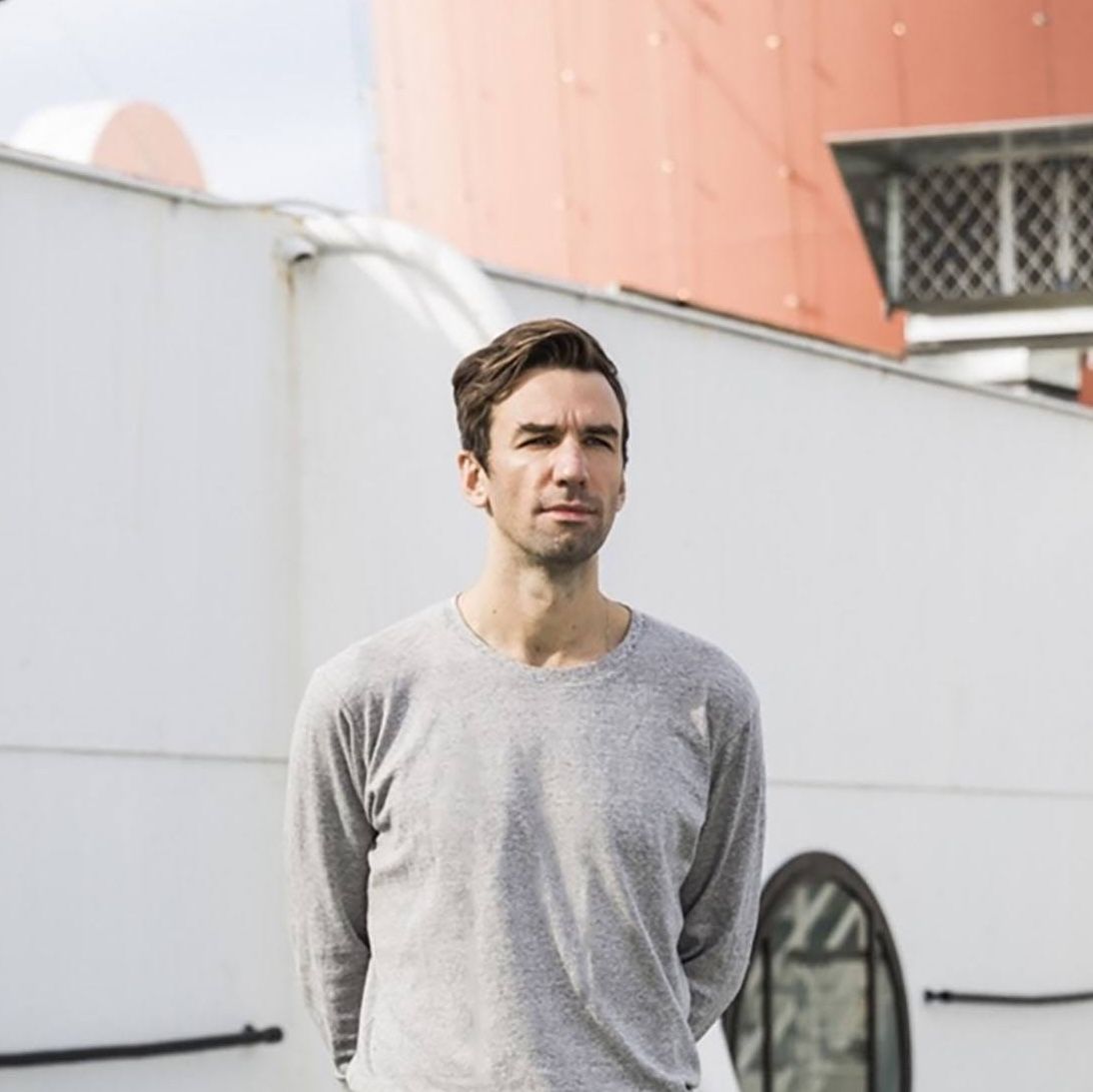
Andrew Norman Wilson investigates the intersection of technology, identity, and labour within the socio-economic dynamics of contemporary neoliberal societies. His practice emphasises how reality is mediated through constant technological intervention, leading to the creation of fictitious narratives. Similarly, Michele Gabriele explores the current state of society in a post-technological era, where the organic and the synthetic are increasingly interdependent. His hyperrealist sculptures, intimate and deeply personal, reflect the fragility of human existence, with the human body itself appearing as a residual element.
Michele Gabriele
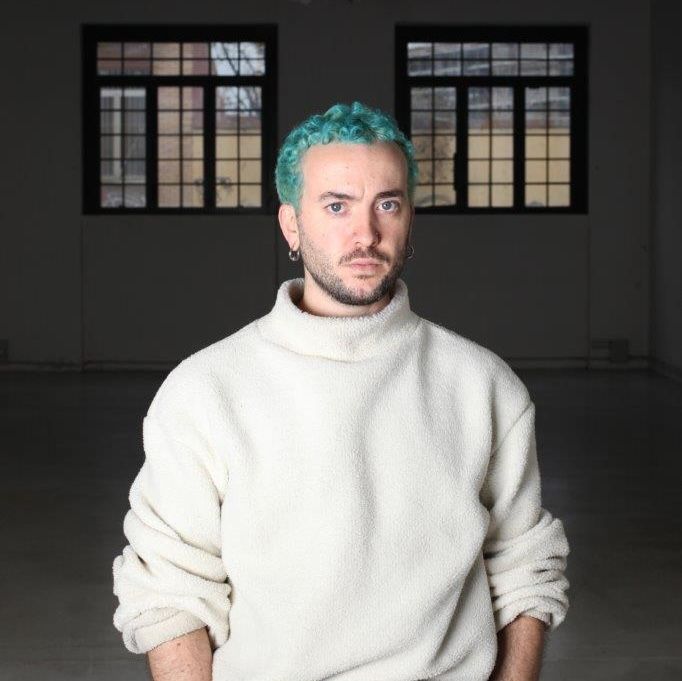
Michele Gabriele’s artistic research focuses on that particular area that lies between the second and third spatial dimensions. The artworks, mainly sculptural, arise from experimentations on the concept of distance, intended as the divergence between representation and physicality, between digital and material, and in full between space and time that exist between observer and artwork. Michele Gabriele’s work explores the sense of inadequacy that arises from the comparison between the progressive vision of an eco-sustainable future, which contemplates a solution to the problems posed by capitalism and climate change, and the ruinous disenchantment given by the impossibility of its concrete and complete realization.
Giovanni Chiamenti
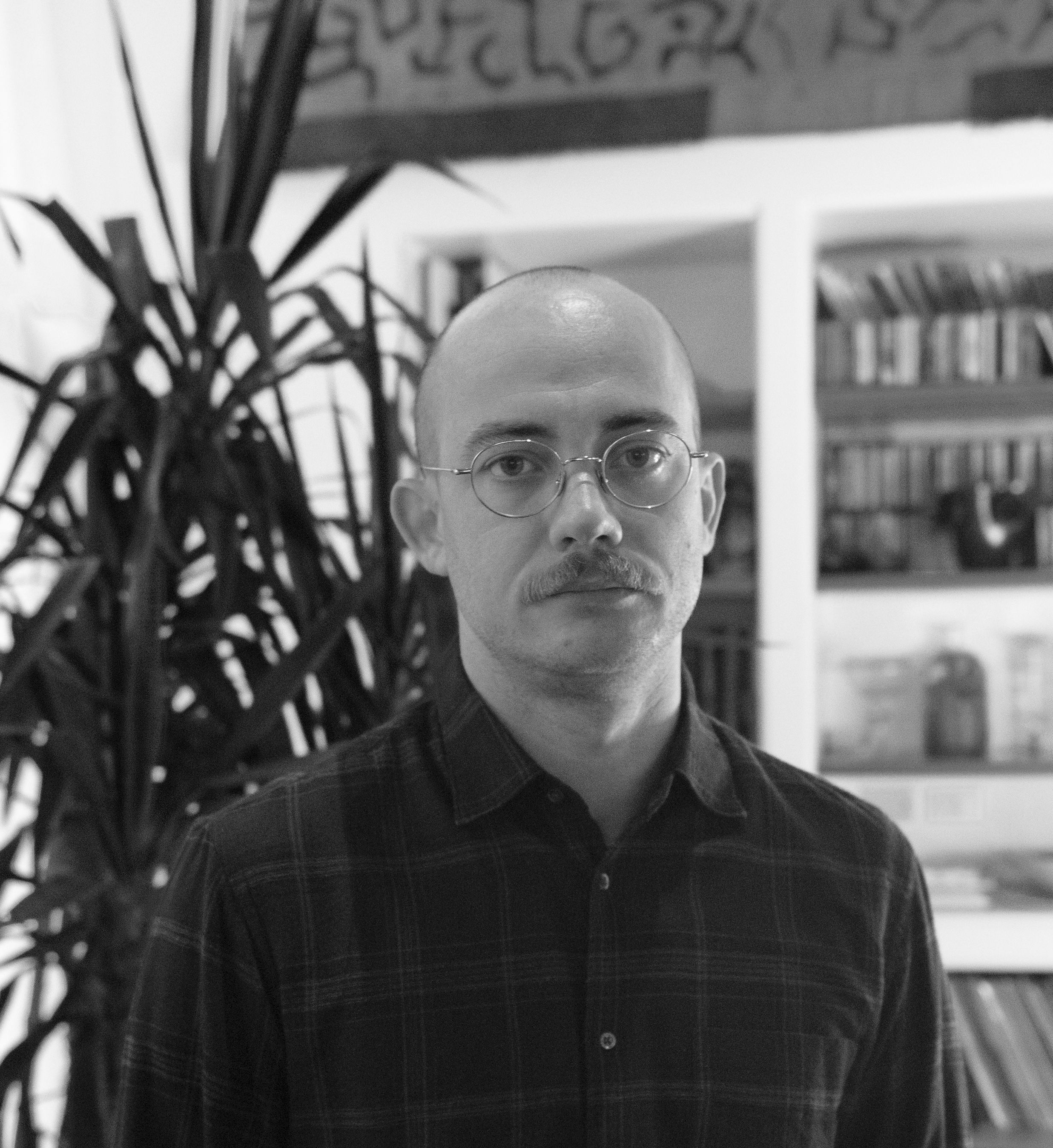
Giovanni Chiamenti’s work examines the natural processes and dynamics central to contemporary art, operating at the intersection of art, biotechnology, and chemistry. His focus on interspecies relationships, hybrid bodies, and trans-cultural identities reflects a search for solutions to overcome the Anthropocene, employing relational and interactive processes. Meanwhile, Pietro Fachini adopts an exploratory approach that empathises with his surroundings, studying the spontaneous and ever-changing organic structures of the natural world. His focus on materiality and the representation of animal and plant ecosystems conveys a dreamlike, almost fantastical perspective on the forces sustaining natural processes.
Pietro Fachini

Pietro Fachini approached painting by attending the atelier of master Maurizio Bottoni, thus approaching Flemish and metaphysical art. Simultaneously, he encountered professor Marco Fantuzzi in Urbino in order to approach the processing of pigments and raw materials from which to derive colours for painting. From this encounter Fachini underlines the importance of the relationship with the material and the search in other continents and cultures of man’s relationship with colour.
Currently Fachini carries out studies on colouring earths in Sardinia and on organic pigments in the Colombian Amazon rainforest and in Mexico. In Latin America he studies, with the help of local people, how to stabilize organic dyes to derive pigments, and pictorial media starting from traditional indigenous techniques, such as canvases made from the fibre of particular trees in the Amazon jungle.
Currently Fachini carries out studies on colouring earths in Sardinia and on organic pigments in the Colombian Amazon rainforest and in Mexico. In Latin America he studies, with the help of local people, how to stabilize organic dyes to derive pigments, and pictorial media starting from traditional indigenous techniques, such as canvases made from the fibre of particular trees in the Amazon jungle.
Jack Warne
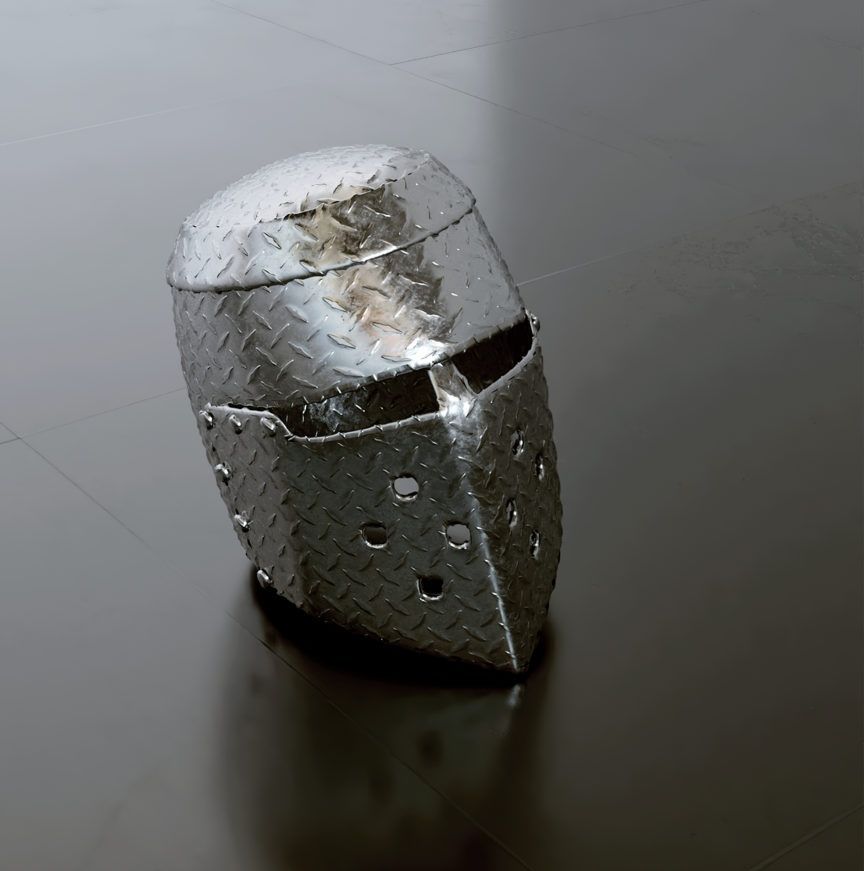
Jack Warne examines the archetypes of contemporary representation through a reflection on the memory of images. By layering painting, printing, and technological methods, Warne reduces figuration to its material essence, creating works that hover between the analog and digital. Maximilian Arnold’s multi-layered paintings, oscillating between abstraction and figuration, conceal a seemingly inexhaustible potential, capturing moments in time and archiving the ephemeral. His exploration of representation is rooted in the interplay between photographic and pictorial dimensions, a multifaceted collage that underscores the metamorphic power of images. The collage technique also plays a central role in Romane de Watteville’s artistic practice. She employs a figurative style rooted in historical portraiture, exploring scenes of intimate and public life. Her compositions, distinguished by their flat, uniform use of colour, inhabit a liminal space between the real and the imaginary.
Maximilian Arnold

Arnold takes a conceptual approach to his medium, producing compositions through which he explores the history and possibilities of painting. Arnold mainly works at a large scale, he utilizes stretched, stained, and collaged polyester, digital prints, enamel, spray paint, and other nontraditional materials to create compositions that appear painterly—even though he may never use a brush to make them. Through such works, Arnold effectively demonstrates that paintings may be much more than pigment applied to canvas.
Romane de Watteville
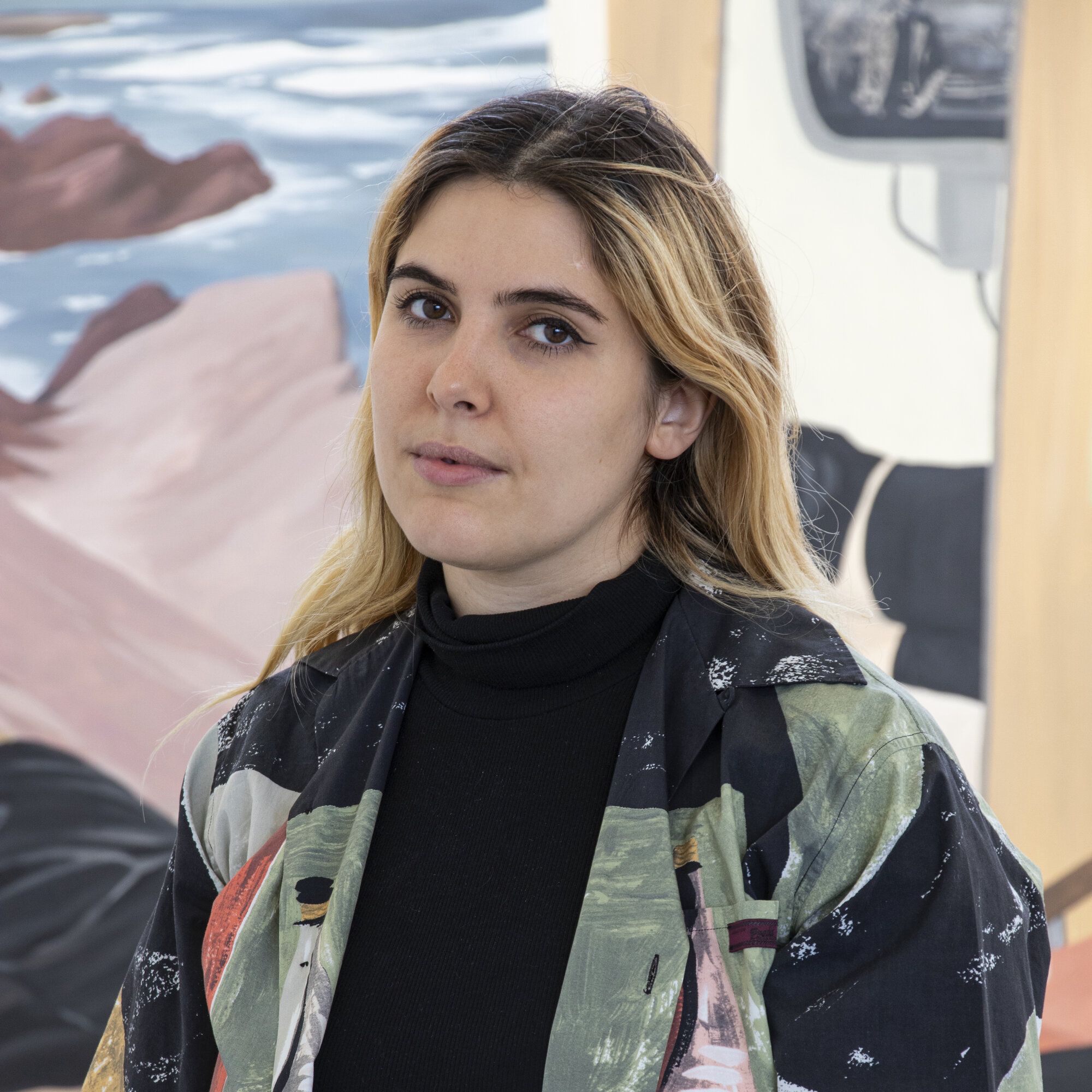
The historical genre of the portrait lies at the heart of Romane de Watteville's research. Her work is explored through figurative painting, preliminary sketches with photographic collages, as well as through drawings, set designs, murals and close-up depictions balancing sensuality and visual puns. Her fragmented points of view and trompe-l'œil compositions deliver something on the threshold of the real and the imaginary.